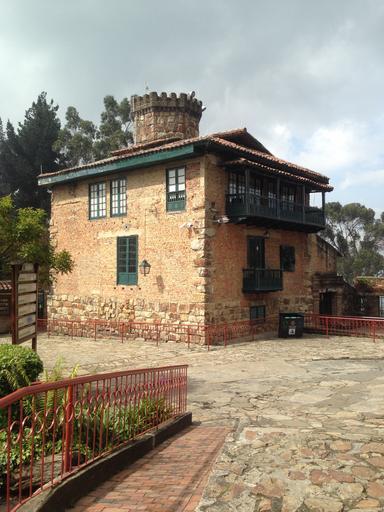
Mud flooring vs concrete floors – which one is better for your home? This is a very common question among contractors, builders, and homeowners. While most agree that there are advantages to both types of floors, they each have their strong and weak points. Concrete Driveways and Patio Concrete Driveways have their advantages and disadvantages. In this article we will cover both and help you decide which type would be best for you.
Concrete Driveways are the easiest to install and maintain. They are stronger than clay or mud floors because they are composed of thicker and more massive materials. They also hold up better to high temperatures from the sun, snow, etc. Most concrete driveways come in a variety of colors and can be left natural or colored to match your house.
Mud is an excellent choice for concrete driveways and patios. Concrete is easier to clean and stain resistant. However, there are some disadvantages to concrete. Because it is very dense, it takes more energy to move this material and it can break down over time. It is also more susceptible to hydrostatic pressure, which means the liquid it contains can seep into cracks. If you have an underground pool or spa area, concrete might not be the best choice for you.
Mud is relatively easy to maintain. It is stain resistant and has anti-microbial properties which make it resistant to bacteria, mold, and mildew. Some companies that produce and sell concrete flooring do recommend against painting on top of it because it may erode over time. For areas that are constantly wet, concrete floors are ideal.
Concrete is a bit more expensive than mud. If you are planning on installing concrete floors, it would be wise to build your garage or other outbuilding off-site so that you have access to it. That way, you won’t have to pay the additional expense to install an above-ground garage. In addition, it is harder to refinish and resell concrete floors than it is to paint. Because of these factors, it would be a better idea to build a home with concrete rather than painting a garage or other building that requires you to use petroleum-based products to keep it looking good year after year.
There are certainly many reasons why people choose to use mud as a flooring option. If you are looking for a durable, attractive option for your garage or other outbuildings, then mud could be the answer you are looking for. Of course, there are several other options out there as well. Before making your final decision, it is important to take the time to consider all of the pros and cons of each type of material. Once you understand how mud flooring works, you will have a great idea of whether or not it is right for you.

